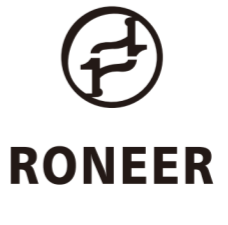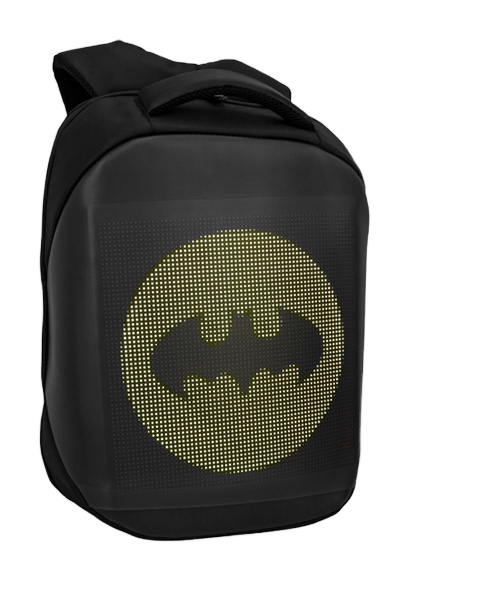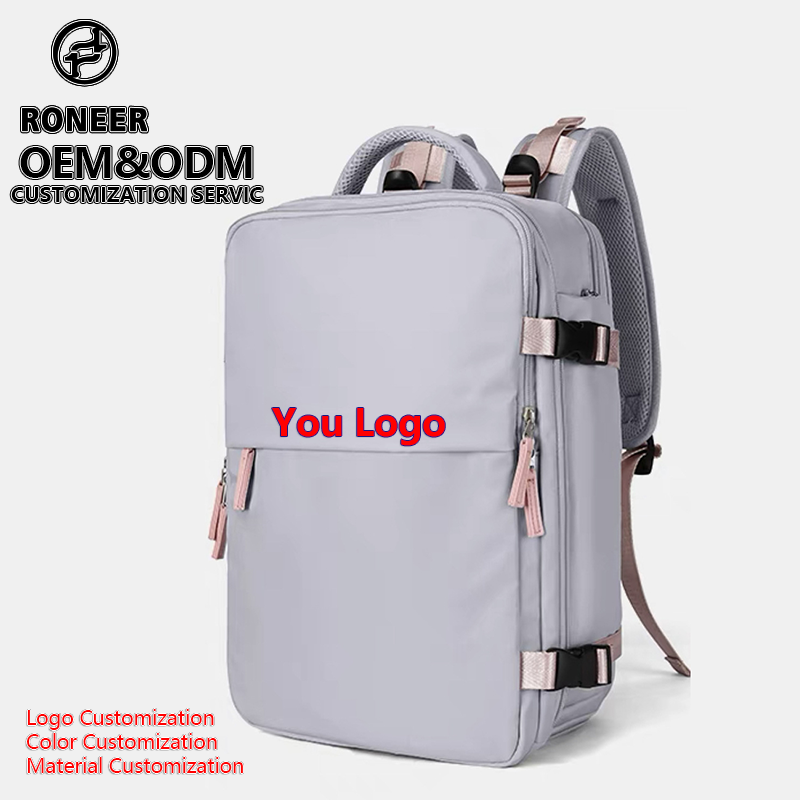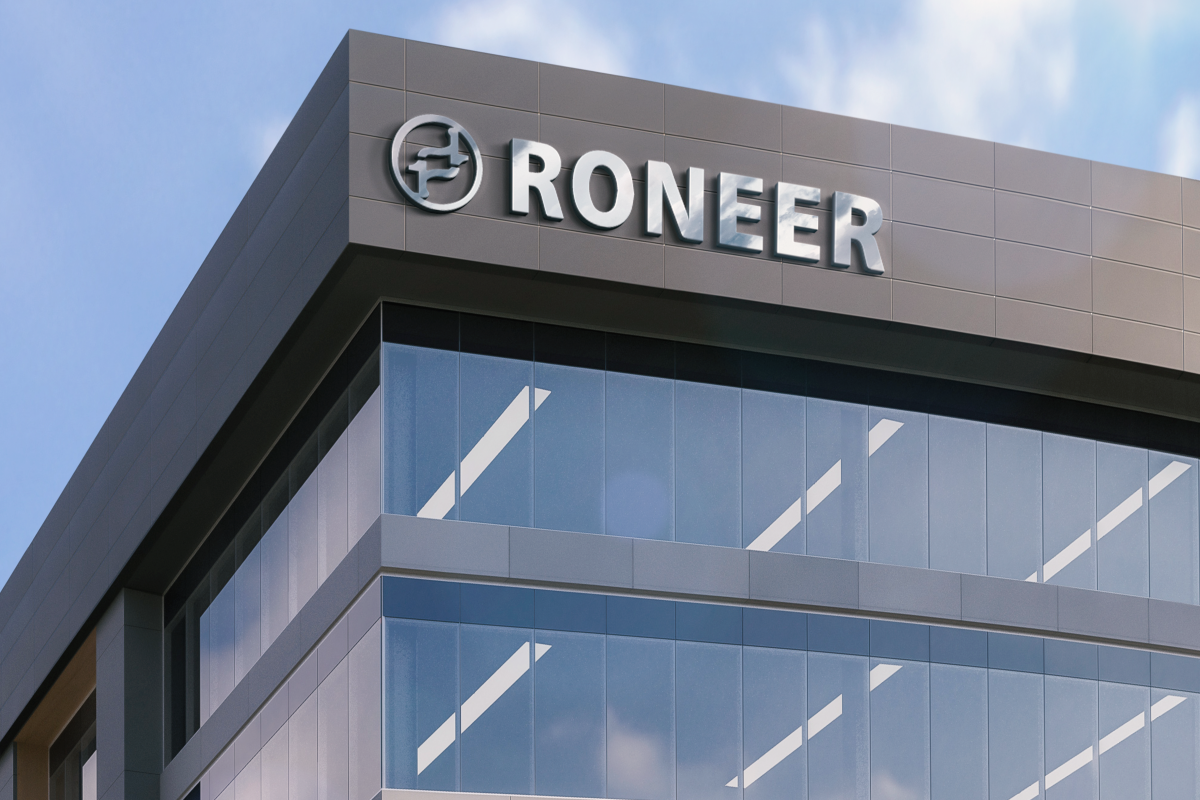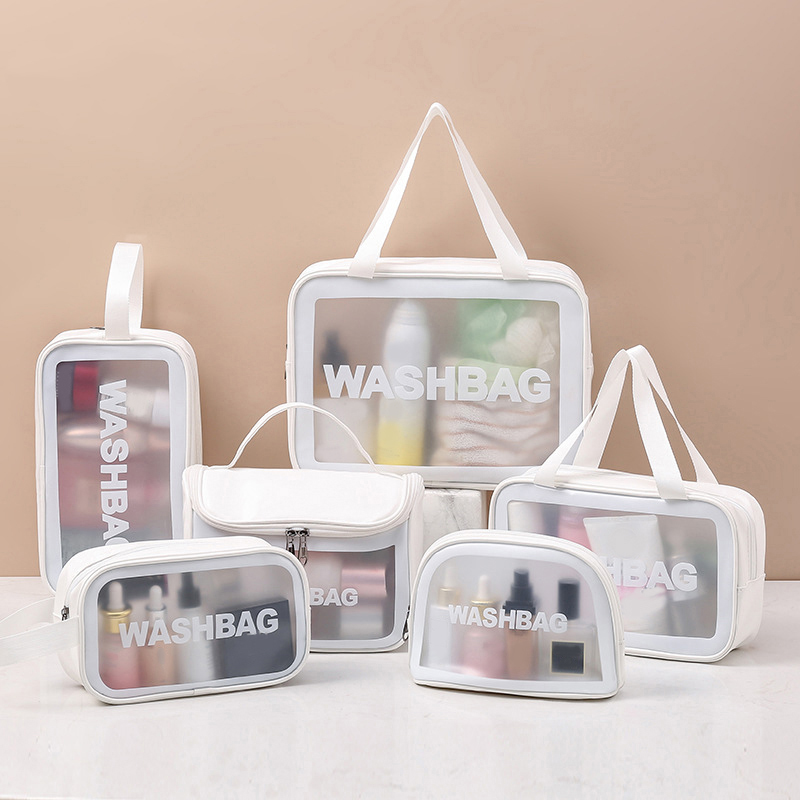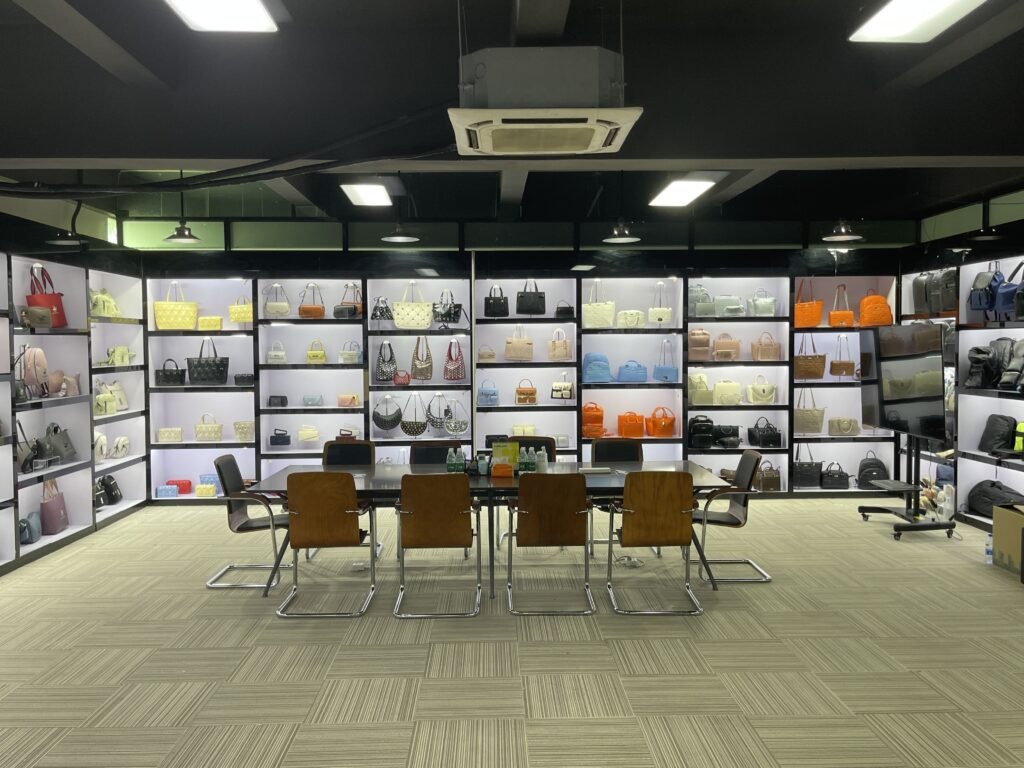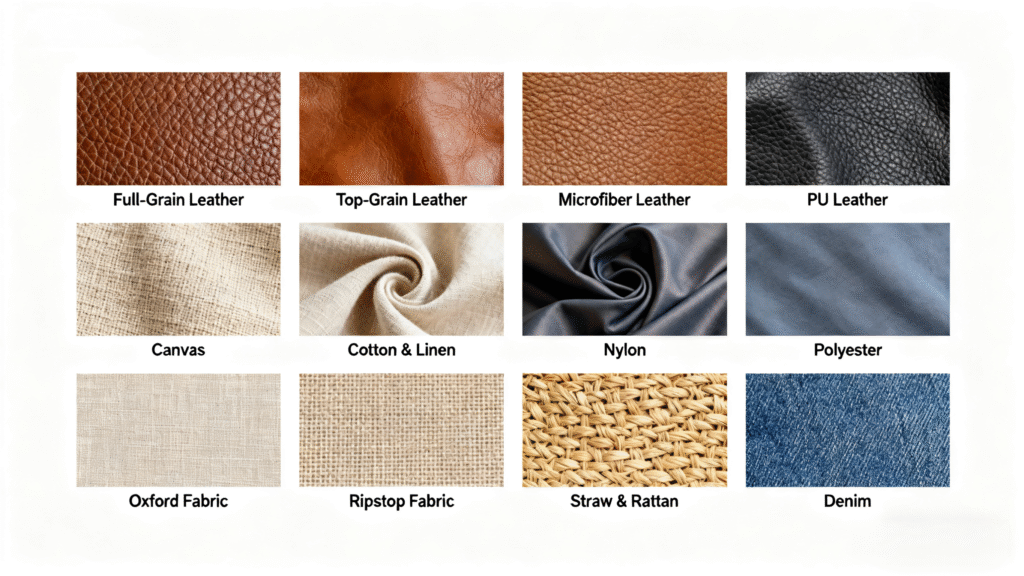When you are choosing a bag supplier, it is not only about finding someone who can produce products at a suitable price, but also about finding a long-term partner who can understand your brand vision, turn ideas into physical products, and deliver them consistently. A wrong choice may cost you money, time, and even reputation. The right choice can create stability, innovation, and trust.
In this guide, I will explore together how to choose a suitable vendor. Through these steps, I hope it will be helpful to you and help you find a long-term partner.
Why choosing the right custom bag vendor matters
Bag suppliers are not merely suppliers; they are also your anonymous partners.
A wrong choice may lead to production delays, unstable quality, or poor communication, thus wasting your time and profits. A bad quarter can mean refunds, negative reviews, and even damage to your relationship with customers.
However, the right choice is transformative. Excellent suppliers will:
- It is suggested to use better materials to balance cost and quality.
- Even during the peak season, production can be guaranteed to proceed on time.
- Sharing insights on the feasibility of design can save you trouble in the future.
- Grow together with you and expand production as your business scales.

Have you clarified your needs?
Before you even start reaching out to factories, pause. Ask yourself: what exactly do I want to make?
In my experience, many first-time buyers start too vague. They’ll email a supplier saying: “We want to make bags, can you help?” That’s like telling a contractor you want to build “a building.” Without specifics, you’ll get generic results.
Here’s how to clarify your needs:
- Bag category: Do you need handbags, crossbody bags, backpacks, or business briefcases? Each requires different techniques and materials. If you’re focused on handbags, browsing our custom handbag collection is a good starting point to see structures and finishes.
- Target price & retail positioning: Are you selling a $50 canvas backpack or a $250 leather tote? The build quality, stitching density, and hardware will differ.
- Material preferences: Genuine leather, PU, canvas, nylon, recycled materials—list them out.
- Functionality: Do you need laptop compartments, RFID blocking, waterproof coatings, or anti-theft designs?
- Order volume: Are you testing the waters with 200 pieces or preparing for 2,000?
- Design details: Logos, custom linings, zippers, hardware colors—these may seem small, but they define your brand identity.
The more detail you provide, the easier it is for a vendor to give accurate pricing, samples, and timelines. Think of it as setting a clear blueprint before construction starts.
Does the vendor have reliable credentials and industry experience?
Once you have clarified your requirements, the next step is to ensure that the supplier can deliver continuously. You need to check the following contents:
- Factory visibility: You can request to see photos or videos of their production workshops. Under normal circumstances, genuine factories are proud to showcase their equipment.
- Export market experience: Do suppliers who have regular customers in Europe or North America understand compliance and quality expectations?
- Certification: The review of ISO and other certificates is a positive signal. Even if they are not mandatory, they demonstrate a commitment to global standards.
- Response: Do they answer the questions within 24 to 48 hours? Did they provide clear answers instead of vague promises?
- Cluster advantage: The factory located in Shiling Town, Guangzhou, China – the “Leather Capital” – can obtain materials, hardware, and skilled workers in one place. This reduces the delivery time and ensures smoother production.

Can their design and customization capabilities meet your needs?
Customization is where many vendors fall short. Some factories can mass-produce standard items but struggle with unique requests.
Here’s how to evaluate their customization ability:
- Prototyping: Can they turn your sketch or tech pack into a functional prototype quickly?
- Material sourcing: Do they offer a library of fabrics and leathers, and can they suggest alternatives if your first choice isn’t available?
- Color consistency: Do they match Pantone codes, and can they keep consistency across batches?
- Hardware options: Can they offer multiple finishes (nickel, gold, gunmetal) and test them for durability?
- Special features: If you want ergonomic straps or waterproof linings, can they integrate these seamlessly?
For example, in our wholesale backpack line, details like reinforced stitching and padded compartments are not just features—they’re proof of a factory’s technical capabilities. A vendor that can manage complexity here is more likely to handle your custom designs successfully.
What is the vendor’s Minimum Order Quantity (MOQ)?
MOQ is one of the first questions you’ll face. In the bag industry, it can vary:
- Basic PU bags: sometimes as low as 50–100 pieces.
- Genuine leather bags: often 200–500 pieces.
- Complex, high-detail bags: sometimes 500–1000+ pieces.
Why does MOQ matter? Because it reflects cost efficiency. Factories need to spread setup costs (like molds, cutting dies, or printing plates) across enough units. If you’re just starting, ask about mixed-color MOQs. For example, instead of requiring 300 units per color, Negotiation tip: If you’re committed to scaling, let the vendor know. Many are willing to lower the MOQ for the first run if they see long-term potential.

Are production lead times and delivery reliable?
Time is money. A late delivery can throw off your entire sales cycle—whether it’s missing a trade show, an online launch, or a seasonal promotion. That’s why production timelines should be one of the first things you confirm with a vendor.
Here’s what you can typically expect from a reliable bag manufacturer:
- Sample lead time: about 7–10 days, depending on how complex the design is and how quickly you give feedback.
- Mass production: usually 30–45 days after sample approval. The exact schedule depends on your order size, material sourcing, and design complexity.
Please remember that during the peak production season (for example, before the Lunar New Year), your schedule may be extended. You need to reserve a buffer period of 1 to 2 weeks just in case.
Some reliable suppliers will candidly state their production capacity and provide definite deadlines. If a supplier promises a production speed higher than the average level but does not explain how to achieve this goal, it is a red flag. A reliable factory knows that predictable delivery is as important as product quality.
If you are interested in us, please preview the information on our website!
Can the manufacturer provide samples before production?
This is a relatively important stage. When you obtain samples from the manufacturer, most manufacturers will agree.
- Prototype sample: Confirm the structure and design.
- Pre-production samples: Using final materials as your “gold standard” for the product.
- Production samples: Drawn from mass production for quality inspection.
The sample fee needs to be paid, but in many cases, this fee can be included in your bulk order. The most important thing is the supplier’s response to the modification. Do they take the feedback seriously? When some solutions are not feasible, will they offer alternative ones?

Through which channels can you find the right manufacturer?
China’s bag factories have always been in a leading position globally.
Here, I have sorted out some channels through which you can find reliable manufacturers
- Alibaba and Global Sources: Quickly compare minimum order quantities, pricing, and categories.
- Google search: Some professional manufacturers have their own official websites, where you can clearly view their information.
- Industry exhibitions: Participating in exhibitions in other countries, such as Guangzhou or Hong Kong, is a good way.
- Social media: With the development of short videos, manufacturers need to have their own Facebook, Instagram /TikTok, and other accounts
Based on these channels, you can first select 3 to 5 for comparison, screening, obtaining products, and conducting tests. Then you can find a satisfactory manufacturer. If you are interested, here is a list of the top 11 bag manufacturers in China.
Is this supplier worth long-term cooperation?
We all know that frequently changing manufacturers not only takes more time but also cannot guarantee the quality of the products. So you need to consider whether this manufacturer can be cooperated with for a long time.
Of course, if you are in the testing stage, short-term orders are also acceptable, but for long-term cooperation, these points need to be paid attention to:
- Product quality: Are you satisfied with these products? Reliable quality
- Flexibility: Do they handle urgent or small repeat orders?
- Innovation: Can they keep up with the development of the industry and design new products
- Consistency: Can they maintain packaging, brand, and label standards?
- Confidentiality: Are they willing to sign a confidentiality agreement to protect your design?
- Payment method: What payment terms do they accept
The best relationship is built on trust. When a supplier is no longer just a “supplier” but starts to feel like a member of your team, you know you have found the right supplier.
Case study: How a North American startup found the right partner
Let me happen in our factory.
This client found us at the exhibition. It is a North American direct-to-consumer start-up company that wants to launch a series of sustainable crossbody bags. They visited many large factories, but all turned them down.
The first supplier they tried provided samples with uneven stitching. The production of the second one was postponed for several weeks. The third company ignored its requirements for environmentally friendly materials.
Finally, they found our factory in Guangzhou. We offer one-stop service. He chose a renewable PU alternative, reducing costs by 12% while maintaining an environmental perspective. In less than three weeks, we had the pre-production samples ready.
The first batch of products was sold out online in less than two months. Nowadays, this company places orders from us every quarter.
Is it a lesson? The right supplier is not just about “making your products” – they share your goals and grow with you.
If you’re exploring similar products, take a look at our custom crossbody bags to see how versatile this category can be.
Conclusion
Choosing the right custom package supplier is a process.
Here’s your step-by-step action plan:
- Define your exact needs: bag type, material, functionality, and order size.
- Check credentials and industry experience.
- Evaluate customization ability with real prototypes.
- Understand MOQ and negotiate smartly.
- Verify lead times and confirm buffer planning.
- Always test with samples before bulk orders.
- Use multiple channels to source and compare.
- Think long-term: transparency, flexibility, and innovation matter.
If you’re ready to take the next step, contact us to discuss your project. Whether you need handbags, backpacks, or crossbody bags, our team will guide you from idea to production.
